The Timeless Elegance of the 8-Yard Saree
The saree is more than just a piece of clothing in India; it's a symbol of tradition, culture, and timeless beauty. Among the various types of sarees, the 8-yard saree holds a special place, steeped in history and significance. Known for its length and versatility, the 8-yard saree, or "Madisar" as it is commonly called in Tamil Nadu, is a garment that marries tradition with style. Whether worn for religious ceremonies, weddings, or festive occasions, this saree has managed to retain its relevance in the modern age.
In this blog post, we will explore the unique aspects of the 8-yard saree, including its history, cultural significance, different draping styles, and why it continues to be a favorite among women of all ages.
The History and Origin of the 8-Yard Saree
The 8-yard saree has a rich history that dates back centuries. Traditionally worn by women in South India, particularly in Tamil Nadu and Maharashtra, this saree is longer than the usual 6-yard saree, providing ample fabric for intricate draping styles. The origin of the 8-yard saree is deeply rooted in the cultural practices of these regions, where it was often associated with religious ceremonies and important life events such as weddings.
The Madisar, in particular, is integral to the Brahmin community in Tamil Nadu. It is worn in a specific style that symbolizes the transition from a young girl to a married woman. The additional length of the saree is believed to offer more modesty and grace, which was highly valued in traditional society. Over the years, the 8-yard saree has evolved, but it continues to be a staple in traditional wardrobes.
The Cultural Significance of the 8-Yard Saree
The 8-yard saree is more than just a garment; it is a symbol of cultural identity. In Tamil Nadu, the Madisar is often worn during important religious ceremonies such as weddings, festivals, and poojas. The saree is draped in a manner that is considered sacred, with the pleats representing various deities. This draping style is not only aesthetically pleasing but also holds deep spiritual significance.
In Maharashtra, the 8-yard saree is known as the Nauvari and is worn by women during traditional functions. The draping style of the Nauvari is distinct, resembling a dhoti, and is often associated with the warrior queens of Maharashtra. The saree is a symbol of strength and resilience, qualities that are revered in Maharashtrian culture.
The cultural significance of the 8-yard saree is not limited to its association with rituals and ceremonies. It is also a symbol of womanhood and the various stages of a woman's life. From the young bride to the elderly grandmother, the 8-yard saree is worn with pride by women across generations, each draping it in a style that reflects their age, status, and personal preference.
Draping Styles: The Art of Wearing an 8-Yard Saree
One of the most fascinating aspects of the 8-yard saree is its versatility in draping. Unlike the 6-yard saree, which is generally worn in a single style, the 8-yard saree can be draped in several ways, each with its own unique charm. Here are some of the most popular draping styles:
-
Madisar (Tamil Brahmin Style): The Madisar drape is one of the most traditional and intricate ways to wear an 8-yard saree. It involves wrapping the saree around the waist, with the pleats tucked in at the back. The saree is then brought over the shoulder and wrapped around the body in a way that resembles the attire of a monk. This style is often worn during weddings and religious ceremonies by Tamil Brahmin women.
-
Nauvari (Maharashtrian Style): The Nauvari saree is draped in a style that resembles a dhoti. The saree is tucked at the waist and brought between the legs, allowing for ease of movement. This draping style is particularly popular during festivals like Ganesh Chaturthi and weddings in Maharashtra. The Nauvari drape is not only comfortable but also exudes a sense of grace and dignity.
-
Kasta (North Karnataka Style): Similar to the Nauvari, the Kasta drape is popular in the northern parts of Karnataka. The saree is draped in a way that allows the pleats to be brought between the legs and tucked at the back, giving it a dhoti-like appearance. This style is often seen during traditional dances and festive celebrations in Karnataka.
-
Iyer Style: The Iyer drape is another variation of the Madisar style, but with a few differences. The saree is draped with the pleats tucked at the front, and the pallu (the loose end of the saree) is brought over the shoulder and wrapped around the body. This style is common among the Iyer community in Tamil Nadu and is worn during religious functions.
Why the 8-Yard Saree Continues to be Relevant
In an era where fashion trends change rapidly, the 8-yard saree has managed to retain its charm and relevance. Its enduring popularity can be attributed to several factors:
-
Timeless Elegance: The 8-yard saree exudes a timeless elegance that is hard to match. Whether it's the intricate draping style or the rich fabric, this saree has a regal quality that makes it suitable for both traditional and contemporary settings. Women who wear the 8-yard saree often find themselves at the center of attention, thanks to its graceful and sophisticated appearance.
-
Versatility: The versatility of the 8-yard saree is one of its biggest strengths. From religious ceremonies to weddings, the saree can be styled in numerous ways to suit different occasions. Its ability to be draped in various styles also means that it can be adapted to suit different body types, making it a universally flattering garment.
-
Cultural Identity: For many women, the 8-yard saree is a symbol of their cultural identity. Wearing this saree is a way of connecting with their roots and honoring the traditions of their ancestors. In a world that is becoming increasingly globalized, the 8-yard saree serves as a reminder of the rich cultural heritage that is unique to India.
-
Sustainability: In recent years, there has been a growing interest in sustainable fashion, and the 8-yard saree fits perfectly into this trend. Made from natural fabrics like silk and cotton, the saree is not only eco-friendly but also durable, ensuring that it can be passed down from one generation to the next. This focus on sustainability has helped the 8-yard saree to remain relevant in the modern fashion landscape.
Conclusion
The 8-yard saree is more than just a piece of clothing; it is a testament to India's rich cultural heritage and the timeless beauty of traditional attire. Whether worn during a wedding, a festival, or a religious ceremony, the 8-yard saree continues to captivate women with its elegance, versatility, and cultural significance.
As we move forward in a rapidly changing world, the 8-yard saree serves as a reminder of the importance of preserving our traditions while embracing modernity. It is a garment that has stood the test of time and will continue to be cherished by generations to come. Whether you are a saree enthusiast or someone new to this traditional attire, the 8-yard saree is a must-have in your wardrobe, a true symbol of grace, elegance, and cultural pride.

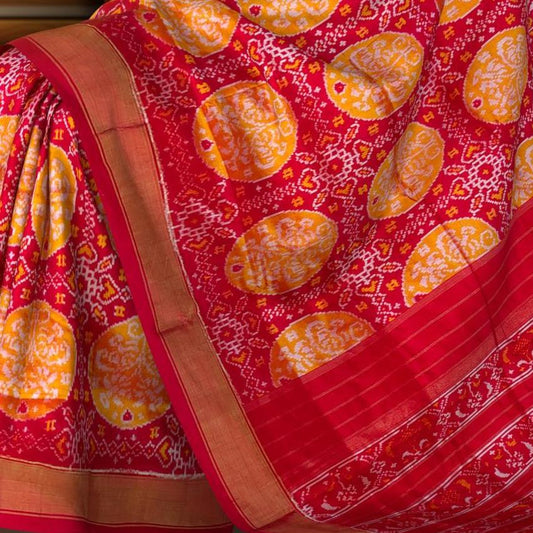
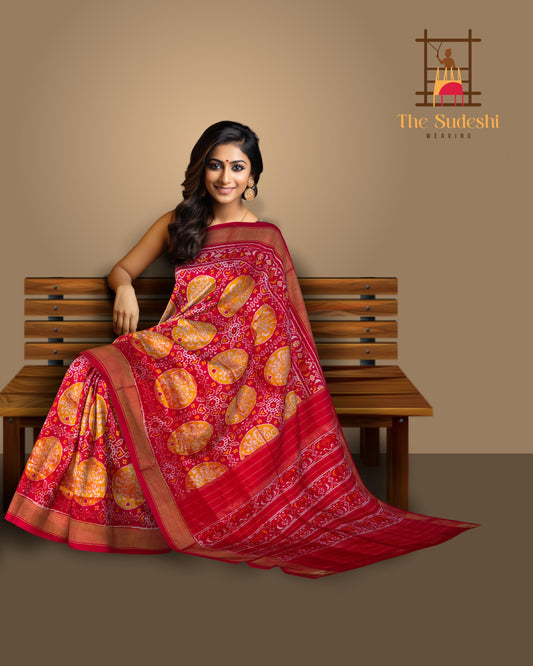
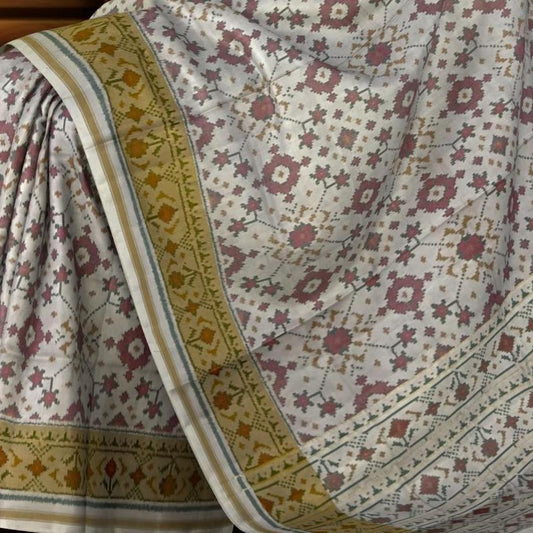
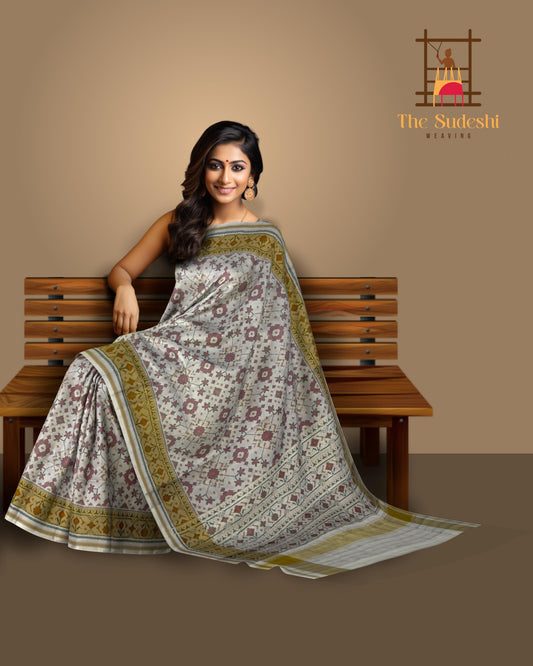
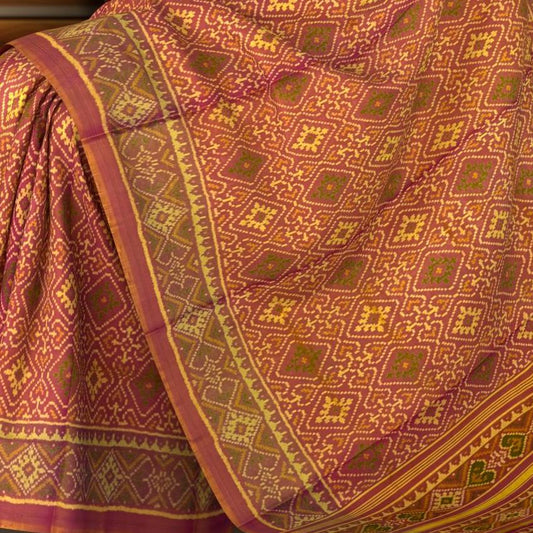
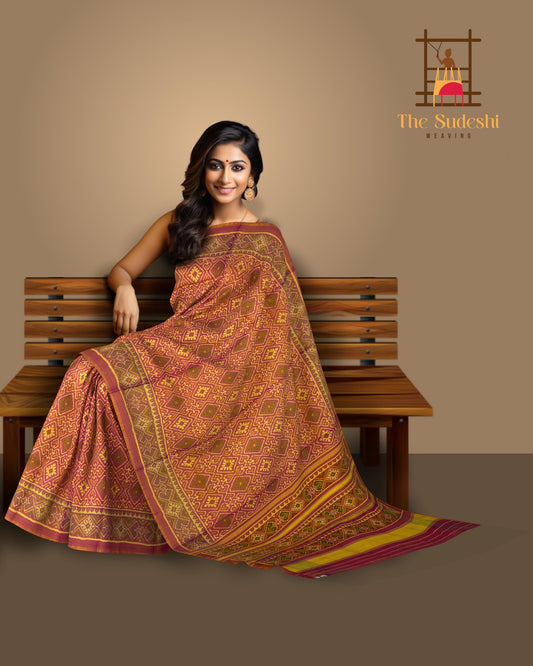
Leave a comment
Please note, comments need to be approved before they are published.